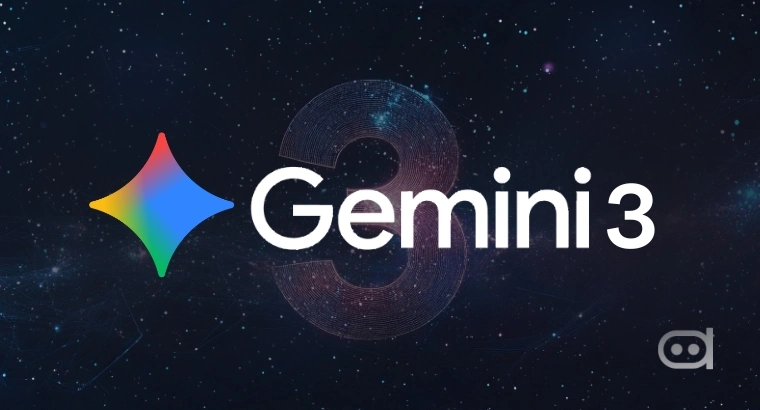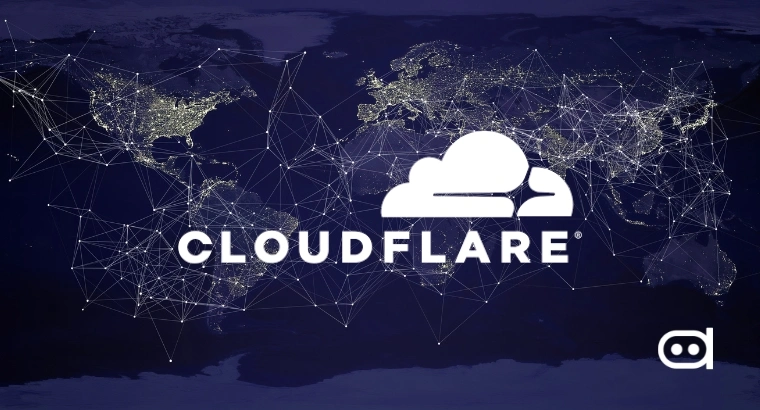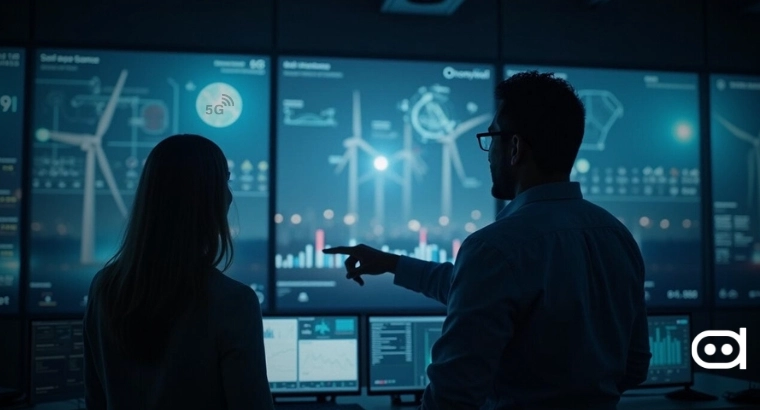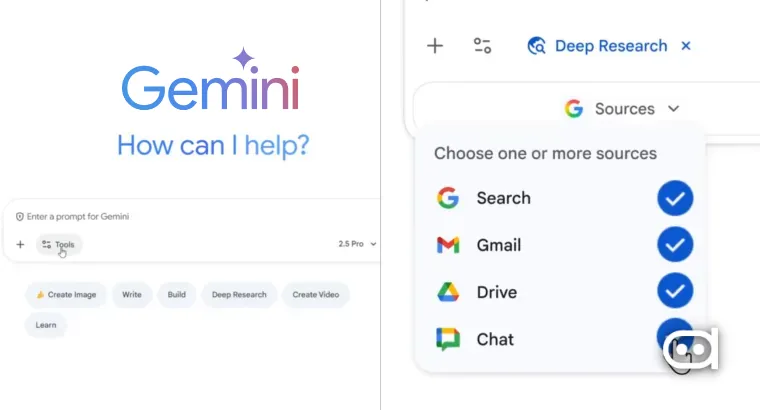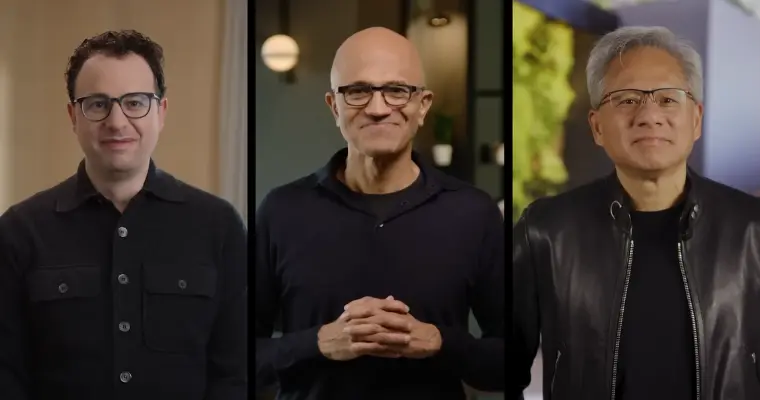
Key Highlights:
- Anthropic commits $30 Billion in Azure compute and gets expanded Claude access across Microsoft Foundry and Copilot products.
- NVIDIA partners with Anthropic to co-optimize models using Grace Blackwell and future architectures.
- Microsoft and NVIDIA together pledge up to $15 Billion to Anthropic, forming a major three-way alliance to scale global AI infrastructure and adoption.
Every other day, we keep hearing about cross company investments and partnerships in the AI industry. Well, here’s another one, and it’s quite a big one that you shouldn’t miss.
Microsoft, NVIDIA, and Anthropic have jointly announced strategic partnerships that focus on scaling AI infrastructure, model choice, and market reach. The announcements were jointly made by Microsoft Chairman and CEO Satya Nadella, NVIDIA founder and CEO Jensen Huang, and Anthropic co-founder and CEO Dario Amodei.
Nadella mentions that the partnership will shape “what every developer and every organization will be able to build on going forward,” while lauding NVIDIA’s and Anthropic’s work in the “silicon layer” and “cognition layer,” respectively.
Anthropic’s massive Azure commitment & expanded Claude Access through Microsoft Foundry
Speaking of agreed terms of the partnership, first, Anthropic has committed to purchase an impressive $30 billion of Azure compute capacity and to contract additional compute capacity up to one gigawatt. The partnership also involves Anthropic using Azure infrastructure to scale its rapidly-growing Claude AI models.
Microsoft will also provide its enterprise customers expanded access to Anthropic’s frontier Claude models, including Claude Sonnet 4.5, Claude Opus 4.1, and Claude Haiku 4.5, through Microsoft Foundry. This market expansion is significant according to Anthropic’s CEO, Dario Amodei, as it will make Claude the only frontier model available on all three of the world’s most prominent cloud services.
Third, Microsoft is continuing access for Claude across its Copilot product family, which includes GitHub Copilot, Microsoft 365 Copilot, and Copilot Studio. Nadella noted that this agreement provides customers with “more innovation and choice,” while affirming that the partnership with OpenAI remains a “critical partner for Microsoft and OpenAI and our customers”.
NVIDIA’s role in helping Anthropic
Well, it’s not just Microsoft who is standing together with Anthropic – NVIDIA is also playing its part. Under the agreement, Anthropic will substantially use NVIDIA’s accelerators. Dario Amodei expressed his excitement about working together to co-optimize models. The initial focus will be on the adoption of NVIDIA architecture, starting with Grace Blackwell and then moving on to Vera Rubin systems, with a starting capacity of up to a gigawatt of compute.
The goal of this partnership is to optimize Anthropic models for the best possible performance, efficiency, and TCO (Total Cost of Ownership), while also optimizing future NVIDIA architectures for Anthropic workloads. Jensen Huang highlighted his admiration for Anthropic’s “seminal work in AI safety” and their advanced research, particularly the contributions of the Model Context Protocol (MCP), which he said has “completely revolutionized the agentic AI landscape.”
Also read: Anthropic Partners With Rwanda Govt. & ALX to Educate Hundreds of Thousands in AI
Financial commitments and industry impact
Huang says that NVIDIA is looking for an “order of magnitude speed up” while accelerating Claude using Grace Blackwell with NVLink, which is expected to drive down “token economics” and help spread AI everywhere. As far as financial commitments are concerned, NVIDIA will invest up to $10 billion in Anthropic, while Microsoft is committing up to $5 billion.
Huang defines the power of the three-way partnership, while stating that NVIDIA’s computing power is already present in every enterprise worldwide. He also added context on the current AI boom, noting that the industry is witnessing three simultaneous scaling laws (pre-training, post-training, and inference time scaling). He further confirmed that providing cost-effective compute not only will make AI even smarter but also ensures increased adoption across the globe.
